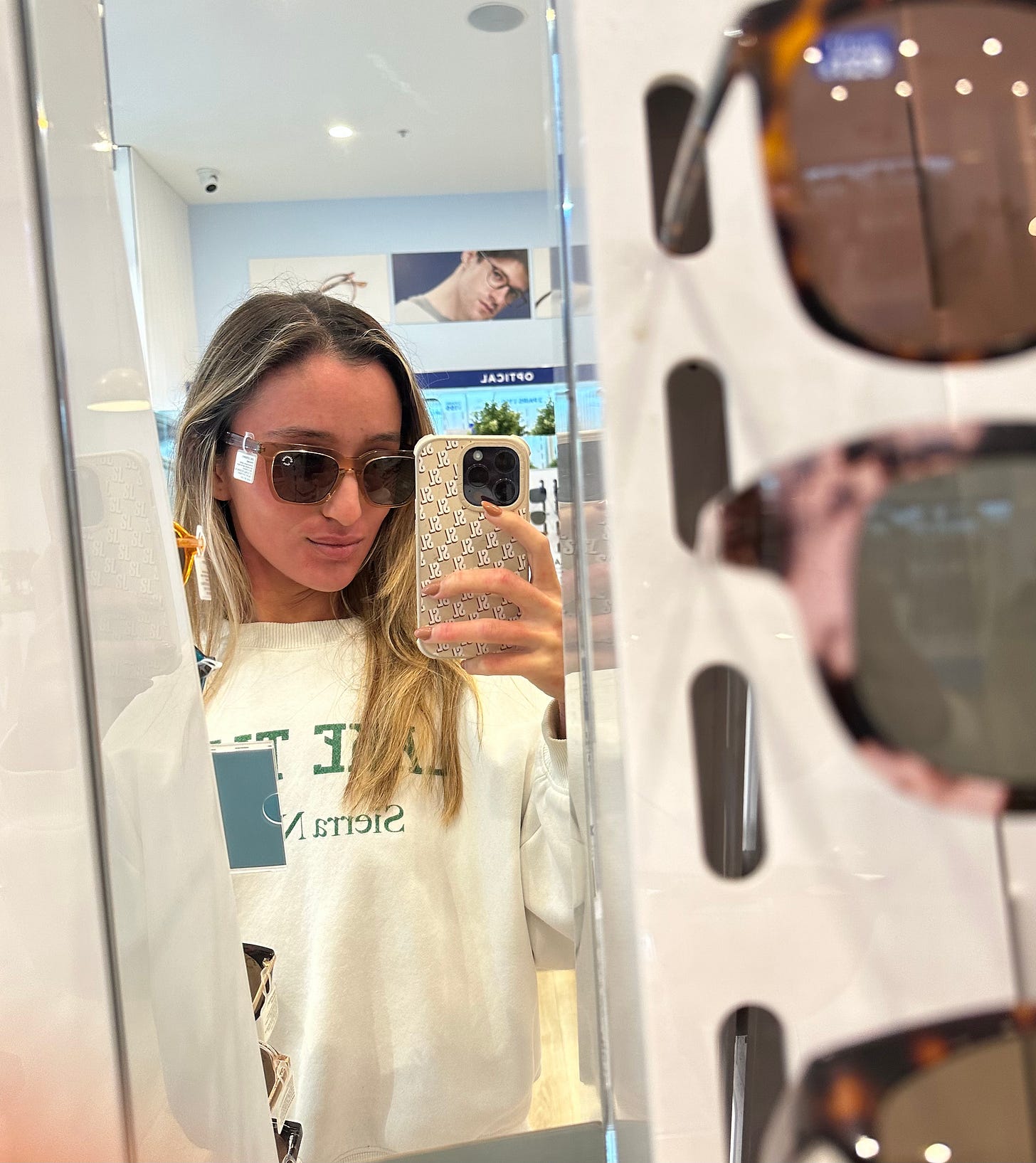When you hate the thing you're trying to heal
How I learned to care for the parts of myself I couldn’t stand to look at
There was a stretch of time—over a year, where I couldn’t look at my own skin without welling up with tears.
During a time of relentless uncertainty within my own body, the thing I was meant to care for, nurture, treat until it “got better”… was the same thing that brought me the most pain. It’s hard to practice gentleness toward something that constantly screams, peels, flakes, weeps, and itches its way through every moment of your day. And yet, that’s exactly what I had to do.

In the thick of Topical Steroid Withdrawal, even the most basic human tasks felt absurd. Drinking herbal tea in an attempt of finding comfort, as my body twinged with nervous energy from several nights of no sleep. Taking a shower to cleanse myself off the day, only for it to sting like acid.
What were once acts of self-care became survival, at best. And even that felt treacherous. Sometimes even insulting. How do you show up for something you actively resent?
I’d walk past mirrors with a mix of frustration and dread—barely recognising myself, then getting pulled into time-warping scratch attacks that left me raw in every sense. I’d obsess over patches of skin, compare them to how I used to look, and spiral into hours of Googling trying to find answers, trying to fix it, trying to control something I now hated.
It’s a strange paradox: you want to heal, but you resent the thing you’re trying to heal.
You want softness, but your body feels hostile. You want peace, but you’re stuck in a war with your own reflection.
But here’s what I started to understand (slowly, painfully, and repeatedly): healing isn’t about radical optimism and positivity.
It’s about showing up. It's about building trust in yourself to treat yourself with respect no matter how it looks. To not panic even when you’re repulsed.
Sometimes, the most accessible place to begin is neutrality. Not I’ll be kind so I can look better—but I’ll be kind because I deserve care, especially when I’m in pain.
Over time, I had to meet my skin where it was: unpredictable, raw, inflamed. I had to stop waiting for it to look better before I treated it better. Healing asked me to stop viewing my body as a problem to solve—and start treating it like a process I had to respect.
When I learned that my skin would be a work in progress, I also learned that I could be too. I could be tender with something even if I didn’t love it yet. I could soften toward the parts of me that felt hard to look at.
Softness for me became a choice. A practice. A boundary. A quiet comfort that I could give to myself even when I felt like giving up.
If you’re trying to heal something you don’t even like right now, if you’re nursing a wound you never asked for, if you want to feel beautiful again but also just want to feel okay again:
Softness doesn’t have to come after healing, it can help get you there.



